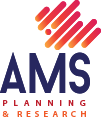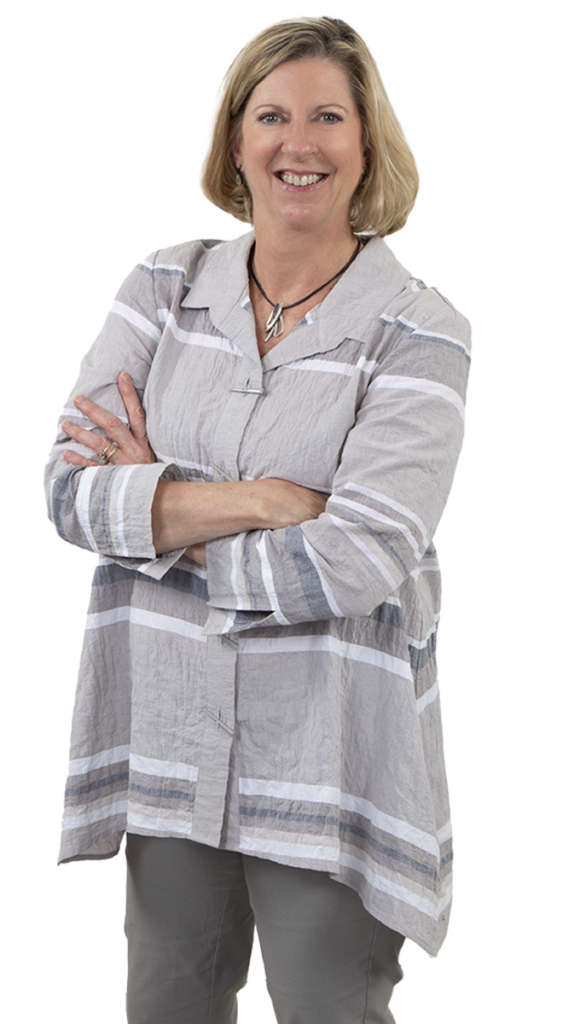Michele has guided AMS clients in business planning and capital development for more than 13 years, with two decades of direct arts management experience prior. Her passion is to enable organizations to adapt within an evolving environment while maximizing value to their stakeholders and community.
Michele is recognized for her ability to unravel complex issues in the context of shared definitions and analytical assessment. Her process guides clients to define a vision for success, analyzes and assesses lines of business, and creates detailed plans with recommendations for intentional implementation.
What is most significant about the work that you do?
Arts organizations are complex organisms with a broad array of stakeholders – artists, audiences, community, boards, staff, etc. Getting everyone rowing in the same direction is simultaneously the most challenging and fulfilling work I do as a consultant. Our work ranges from small community organizations to large government projects, each of which has its distinct set of dynamics, priorities and influencers. Our early work around “Success,” “Purpose,” and “Mission” grounds future decisions in a framework that everyone embraces.
What are the changes that you see most impacting the sector today?
Certainly magnified lenses of equity and inclusion have suggested new approaches to planning with many clients such as New England Foundation for the Arts, Maryland State Arts Council and University of Virginia in Charlottesville. As we work with others to define the venues and experiences of the future in places like New York City, Miami, or Vaughan, Ontario (where more than 100 languages are spoken) we find new definitions of artists, art forms and artistic delivery pushing our creative thinking of how we serve in the 22nd century.
Who are your most recent clients?
What is most enjoyable for me is the vast diversity of clients I get to work with at any one time. Diversity of geography, scale, art form and purpose keeps everything fresh and interesting. The set of questions being posed in Lansing, Michigan; Boise, Idaho; or Punta Gorda, Florida couldn’t be more different; however, each brings a new opportunity to demonstrate how vital institutions can be deeply entangled in their community through thoughtful planning, intentional development and a shared vision.
How have you incorporated EDIA into your work life?
I have been engaged in equity and social justice initiatives throughout my entire career in the arts. When at the Richmond Symphony we formed In Harmony, an innovative partnership with Richmond area African-American churches. I also secured the award of a highly competitive national grant for a three-year composer in residence program with Anthony Kelley https://blackthinktank.duke.edu/people/anthony-m-kelley. In leading $100 million performing arts center construction project, I ensured minority business enterprise participation through direct contract awards, and also through development apprenticeships, mentoring, and other industry building efforts. At AMS I continue to advance my learning by participating in anti-racism training, support of and engagement with AMS’s EDIA committee, and on-going participation in EDIA related conversations with many AMS clients.
What do you do in your spare time?
With so much time spent with clients I enjoy leisure time close to home with friends and family. Cooking and gardening are two deep loves. My husband and I are arts omnivores, and so travel for fun is almost always inspired by the desire to experience a particular arts event or museum.


